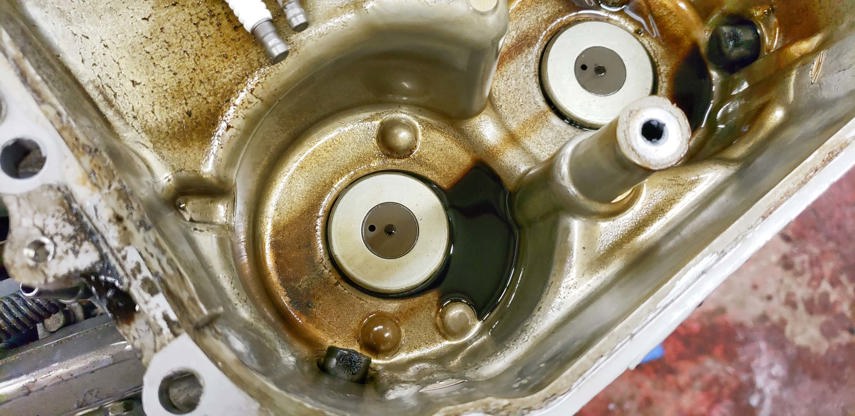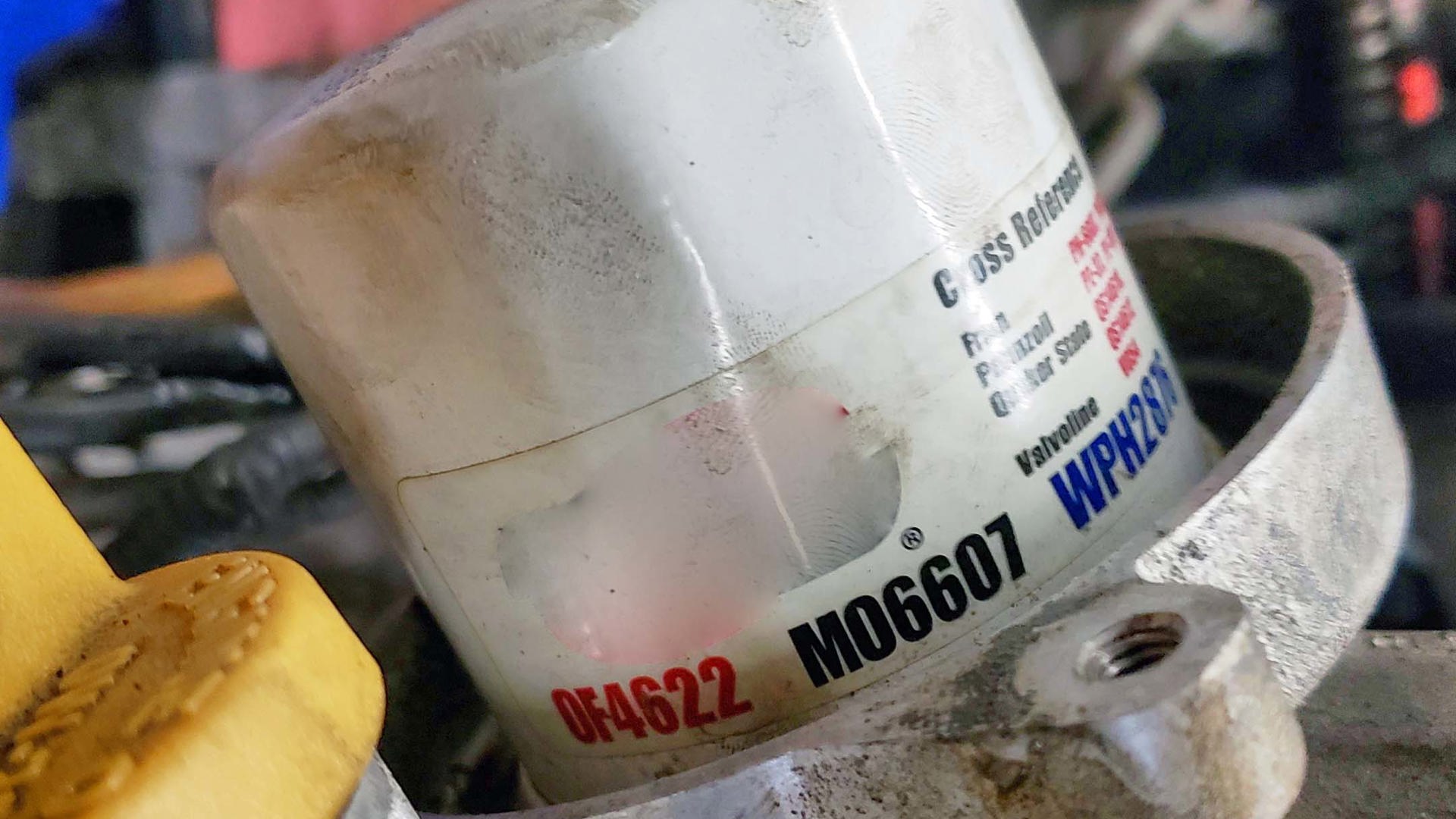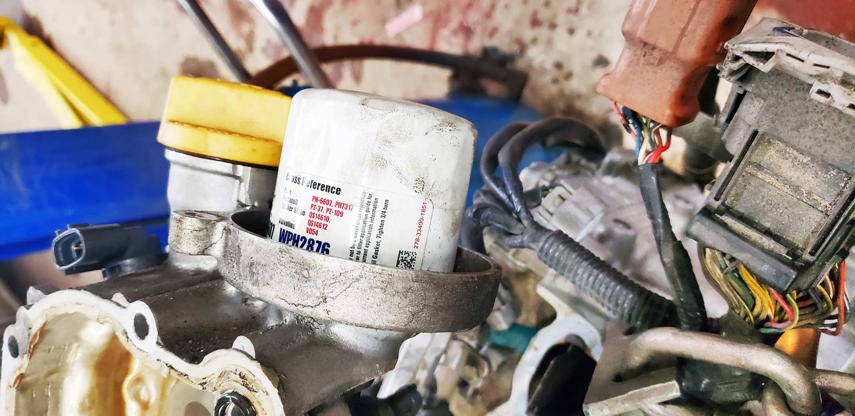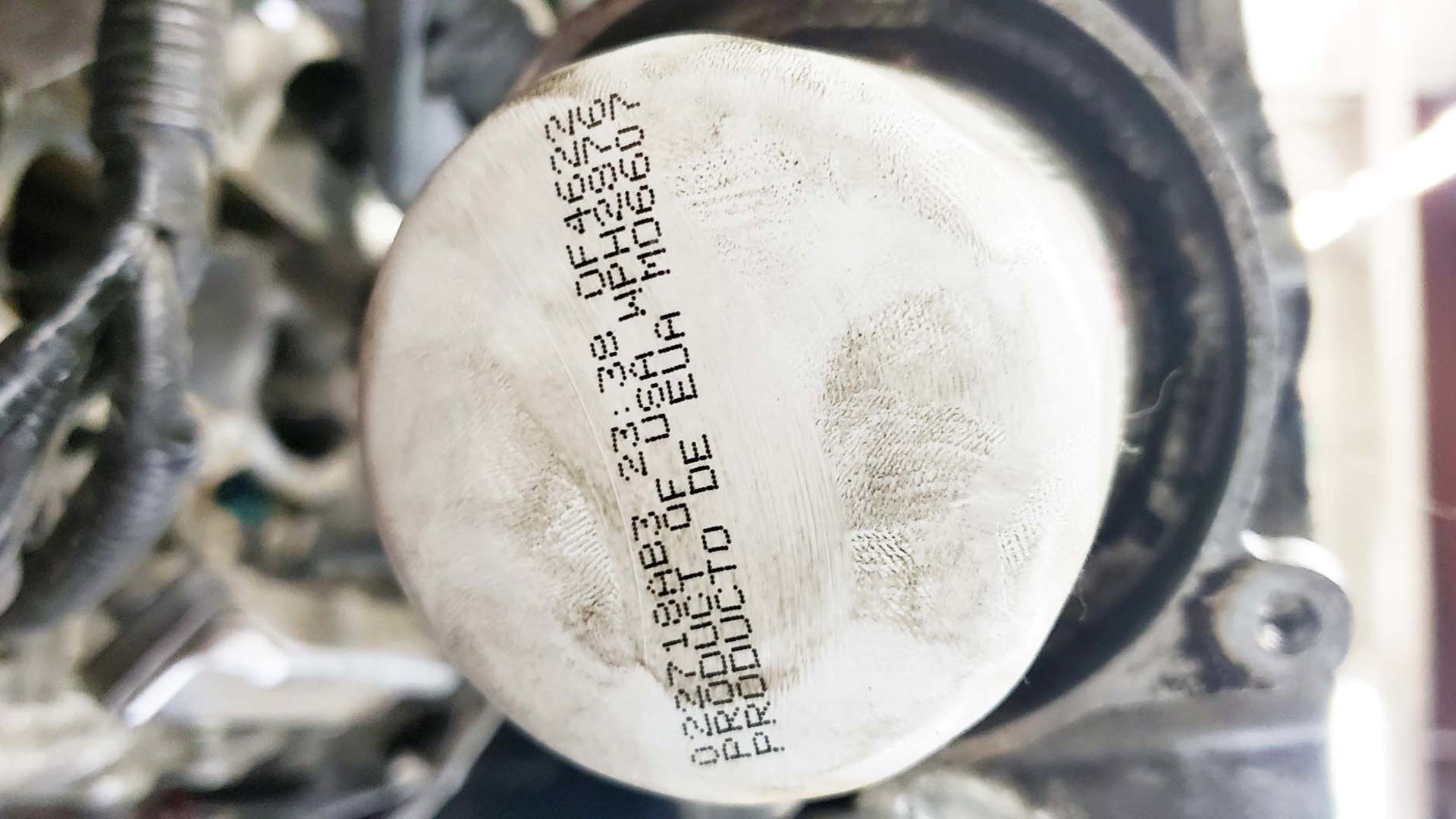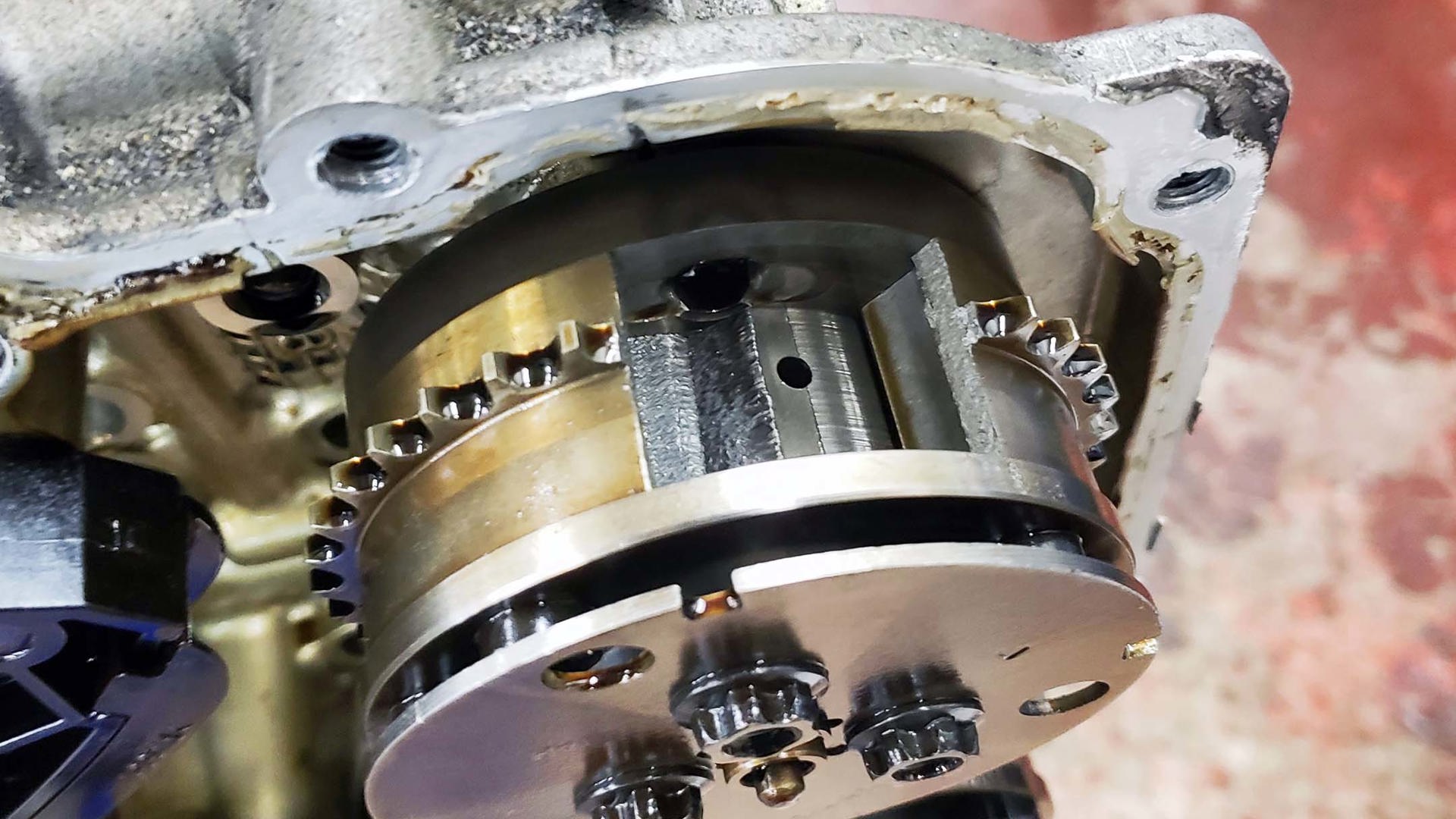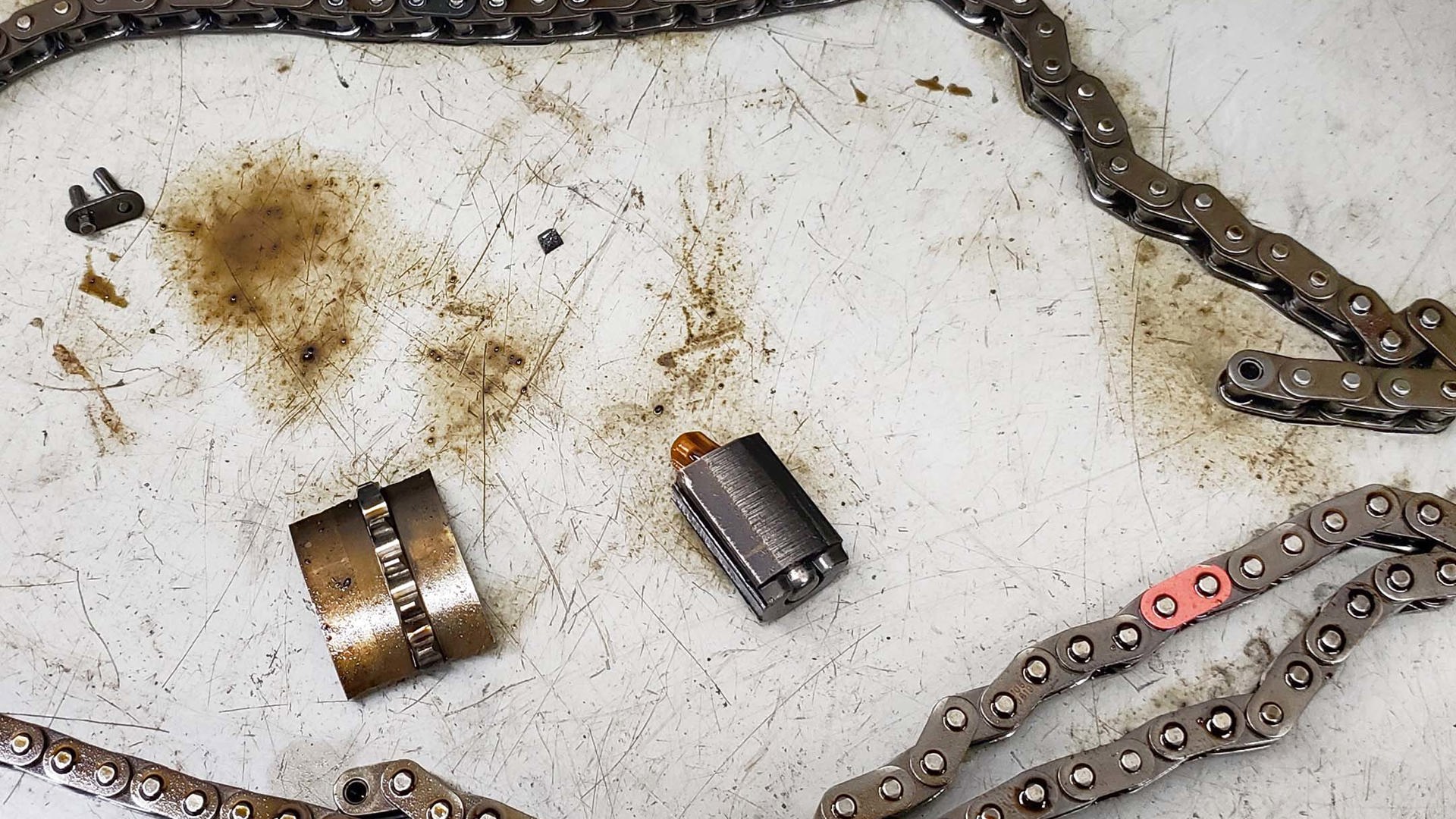Welcome to Lesson Learned (formerly Goof of the Month): our monthly dip into the world of automotive cluelessness, fearing for the worst, and stories about the need for drivers and shoppers to understand their vehicle, how to maintain it, and how it works.
Today’s horror story comes from a warranty claims expert working with a major automaker, who prefers to remain unnamed. His story is not an unfamiliar one. We’ve reported on similar stories before – and likely will again.
The point, in any case, is simple: even if you have your oil changed outside of the dealer setting, be certain that a manufacturer-approved oil filter – and nothing else – is installed. Here’s why, according to our warranty expert.
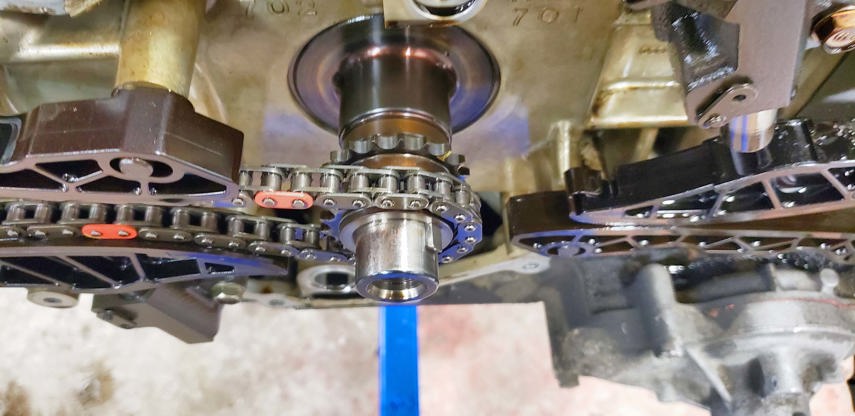
First, a customer buys a new crossover. Several months later, he has the first oil change performed at the dealership, no problem. Then, several months after that, the vehicle needs its second oil change. That’s where the story begins.
“This particular customer is a high-mileage driver, a travelling consultant who spends a lot of time on the road, from our understanding,” says our expert. “For his vehicle’s second oil change, he visited a franchised oil-change shop, instead of a dealer service centre.”
That’s no problem, until it is.
A sign on the oil-change shop led the customer to believe that his oil change was “warranty compatible”, so he felt safe having his approximately 11-month-old crossover serviced there. And in theory, he was.
But a few days after the second oil change, the customer’s engine disastrously failed – leaving him stranded on the roadside.
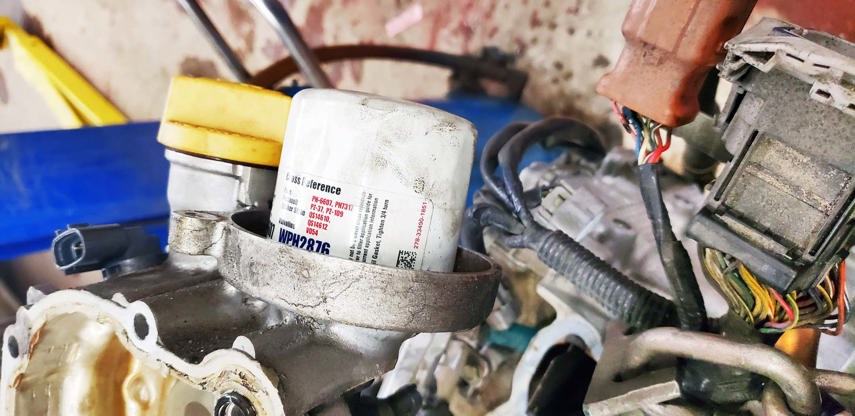
“The customer reached out to our roadside assistance program, and his vehicle was towed to a nearby dealer,” our expert recalls. “A courtesy vehicle was provided, and dealer staff began a thorough inspection. Whenever a warranty claim is made, we need to track down the cause of failure of a given part or component. In this case, it was clear that the engine had failed completely, and the cause needed to be investigated.”
The subsequent mechanical autopsy on the engine tracked down the cause of death: a small fragment of rubber from the inside of the engine oil filter had become detached. Moments later, it was ingested by the engine, pumped through various oil passageways, and eventually became stuck within one of them.
“This totally blocked the oil flow to a major section of the engine’s cylinder head and valvetrain,” the expert explains. With no flow of oil to cool and lubricate the rapidly spinning parts within, the associated components were quickly destroyed.
I ask our expert how quickly this may have happened. “With oil starvation, it’s a matter of seconds,” he replies. “Imagine losing blood-flow to your brain for a few seconds. This is a very serious problem.”
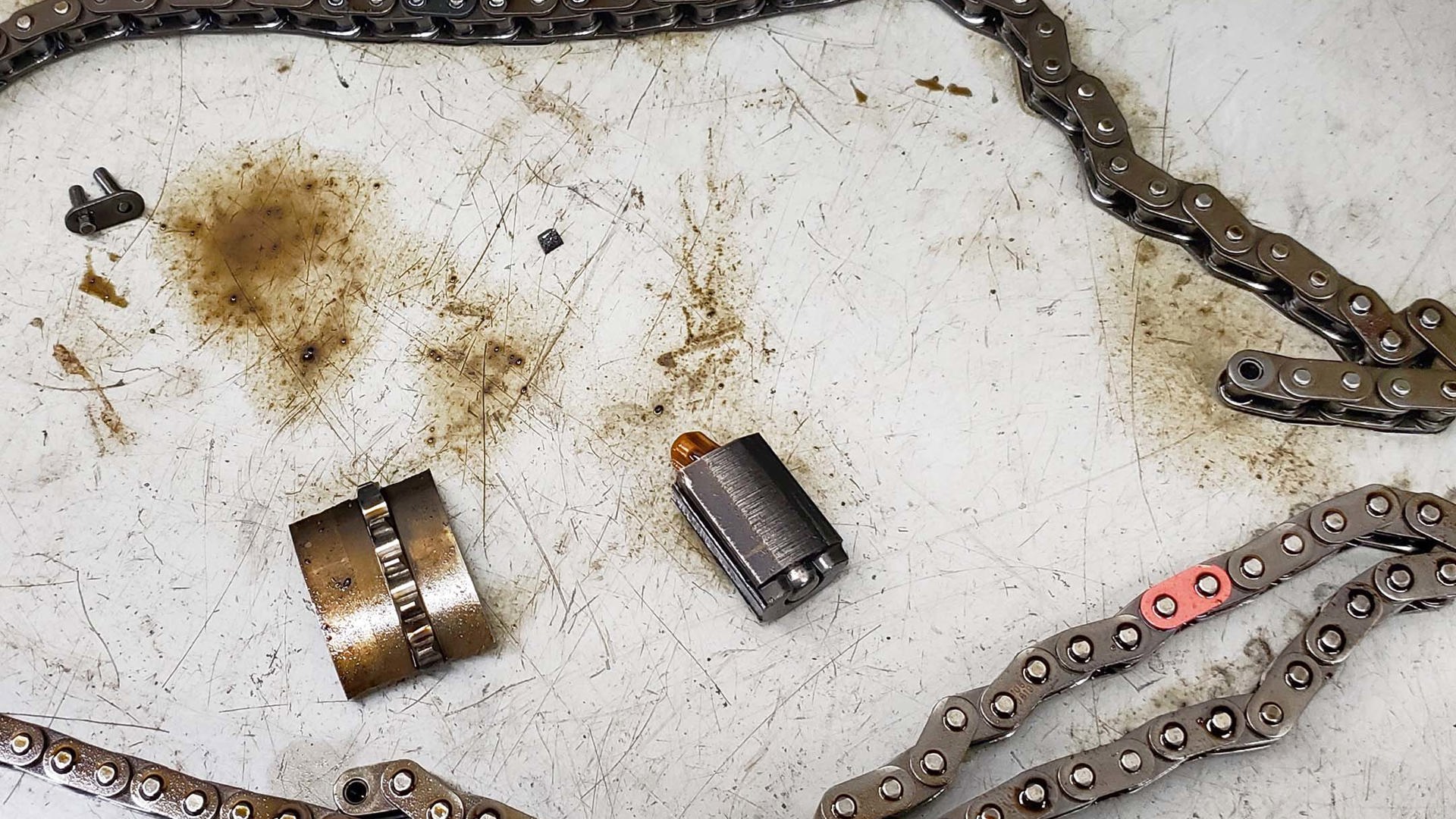
The result? With a blockage stopping oil flow, part of the engine’s valve timing system broke apart, casting metal debris into the engine, which caused further irreparable damage to numerous other parts.
In a way, this is the mechanical equivalent of a fatal stroke. “The engine’s valvetrain and cylinder head were destroyed,” our expert adds. “In the process, engine debris and a substantial amount of oil and coolant were pumped through the engine, and into the exhaust. This contaminated the catalytic converter, destroying it as well.”
Thank goodness the engine was still under warranty, right? Not so fast.
Because the engine failure was the direct result of the use of a non-factory part (the oil filter that was supplied by the oil-change shop), the damage was not caused by warranty.
“Powertrain warranties do not cover damage caused by the use of non-approved parts, including non-approved oil filters,” our expert explains – noting that this is clearly stated in the owner’s manual.
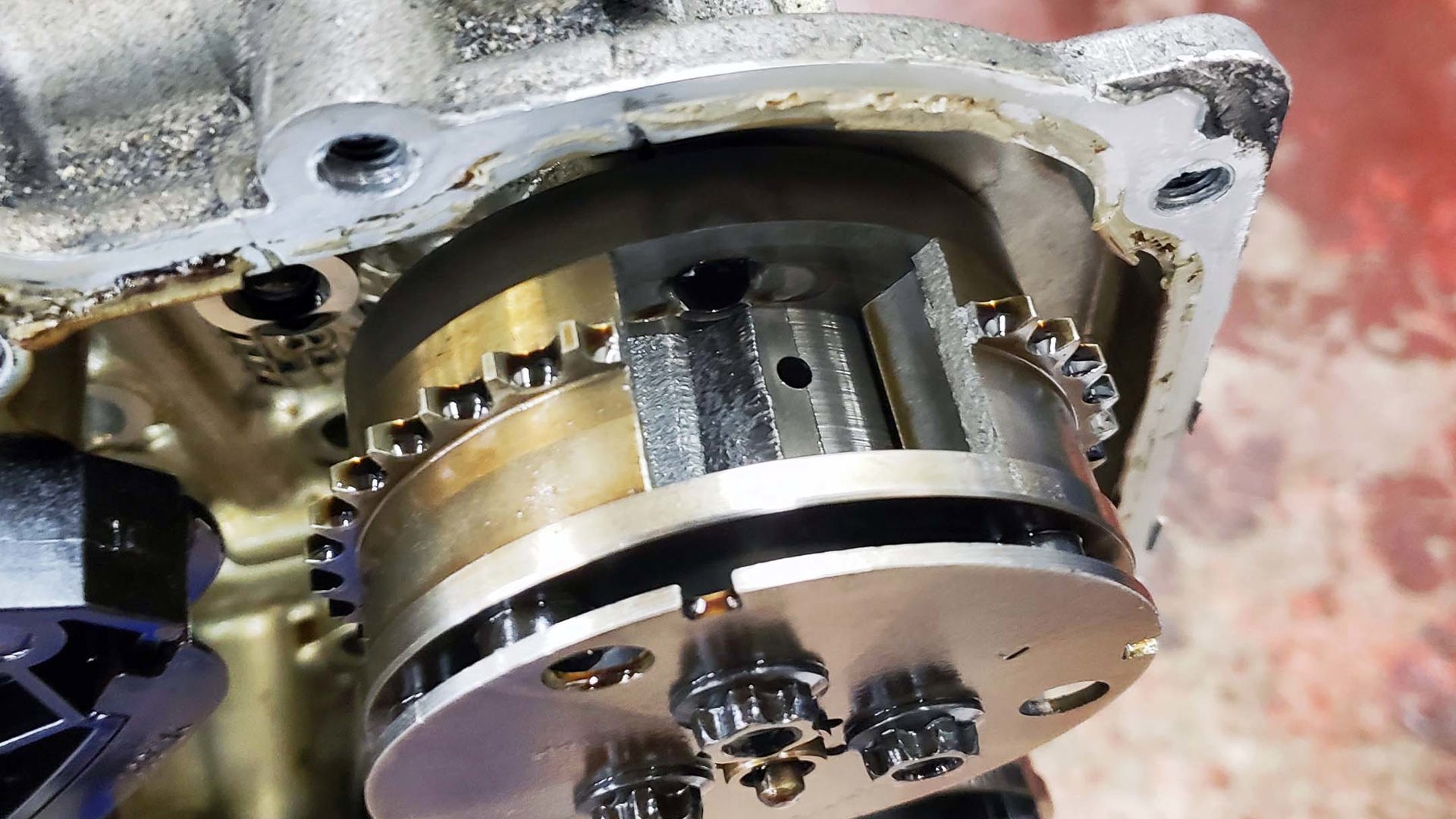
Had failure of a dealer-supplied oil filter caused the damage, the warranty would have covered the replacement of the engine and catalytic converter. But, since the oil-change shop installed a generic filter that was not tested and approved by the manufacturer, the failure was not covered.
The cost to replace the damaged engine and emissions system components was pegged at over $9,600.
“I regularly encourage family and friends, when buying a new vehicle, to pick up a case of dealer-supplied oil filters for that vehicle, and to always leave one in the vehicle,” our expert concludes. “This way, when having your oil changed outside of a dealer setting, you’re protected. Many oil-change shops advertise ‘warranty-approved’ oil changes. But the fact is, unless they’re using a dealer-supplied oil filter, the customer isn’t protected by our warranty if that filter fails. Engine damage caused by non-factory oil filter failure is not commonplace, but we do see it, Canada-wide, often enough.”
